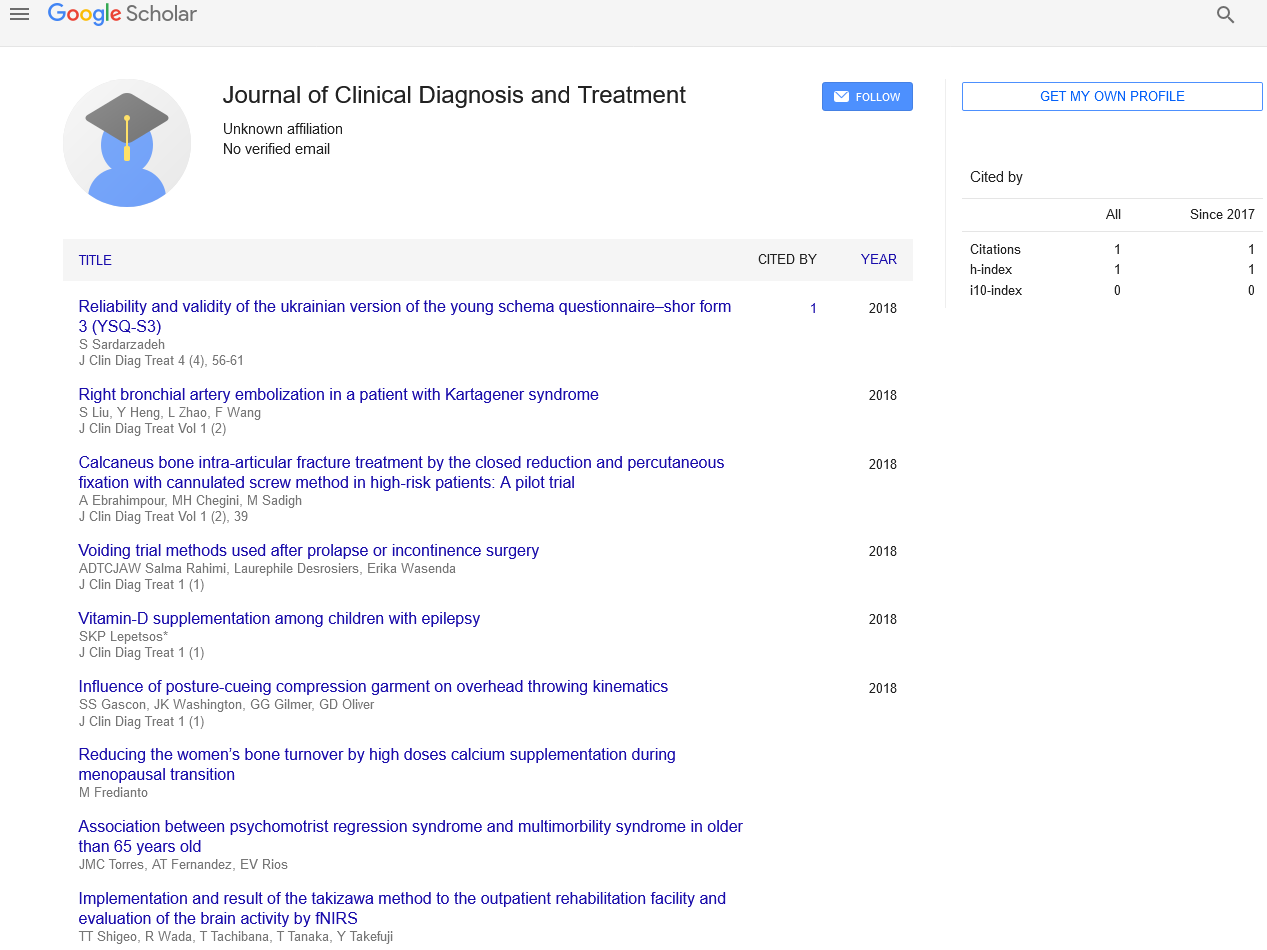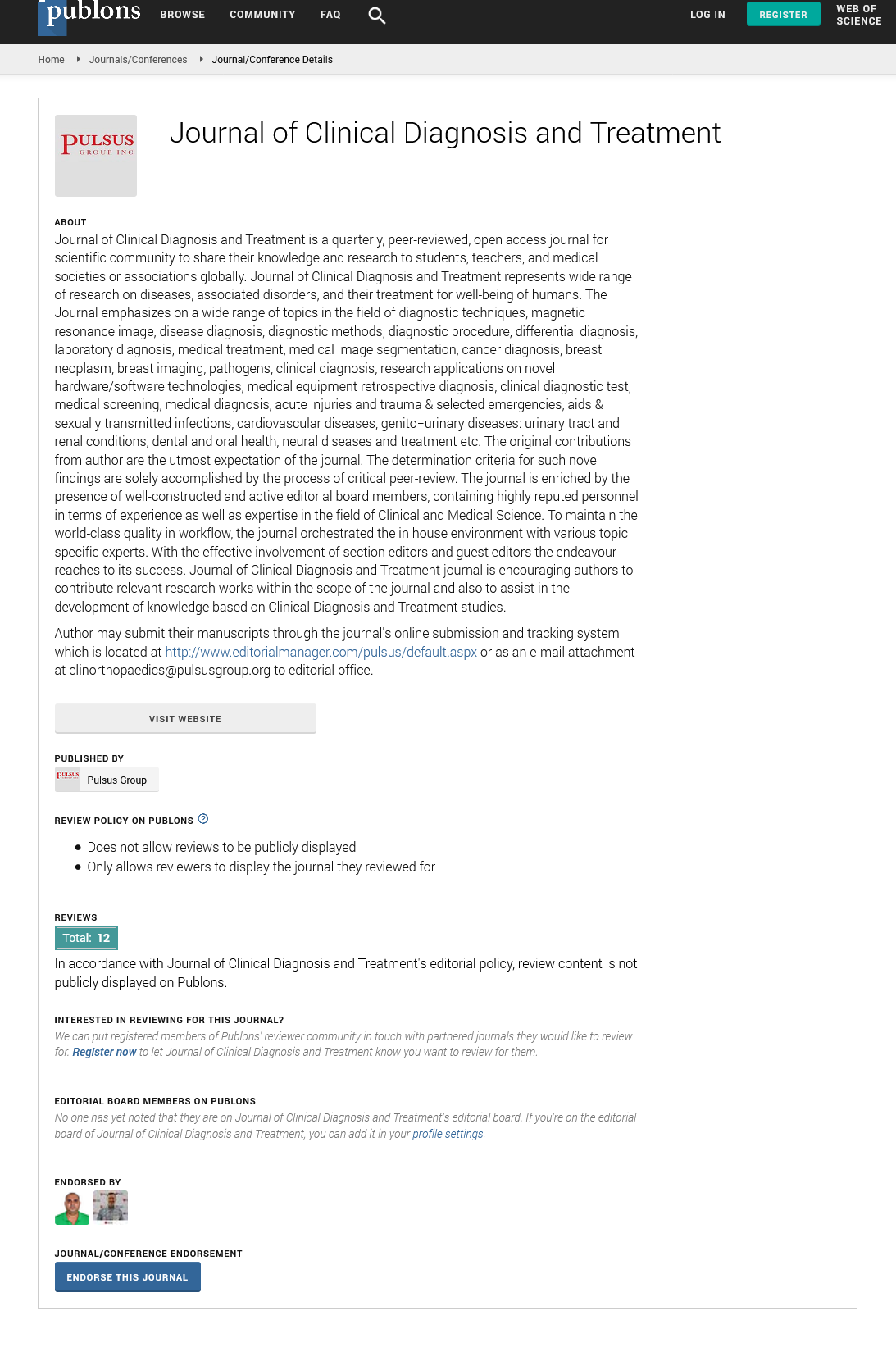Why does the blood glucose level rise?
Received: 02-Jul-2022, Manuscript No. puljcdt-22-5419; Editor assigned: 06-Jul-2022, Pre QC No. puljcdt-22-5419(PQ); Accepted Date: Jul 25, 2022; Reviewed: 15-Jul-2022 QC No. puljcdt-22-5419(Q); Revised: 22-Jul-2022, Manuscript No. puljcdt-22-5419(R); Published: 31-Jul-2022, DOI: 10.37532/puljcdt.22.4(4).3-4
Citation: Smith D. Why does the blood glucose level rise? J. clin. diagn. Treat. 2022;4(4):3-4
This open-access article is distributed under the terms of the Creative Commons Attribution Non-Commercial License (CC BY-NC) (http://creativecommons.org/licenses/by-nc/4.0/), which permits reuse, distribution and reproduction of the article, provided that the original work is properly cited and the reuse is restricted to noncommercial purposes. For commercial reuse, contact reprints@pulsus.com
Abstract
Diabetes is a long-term health condition that affects how your body converts food into energy. The majority of the food you eat is converted into sugar (glucose) by your body and released into your bloodstream. When your blood sugar rises, your pancreas sends a signal to release insulin. Insulin functions as a key, allowing blood sugar to enter cells and be used as energy. Diabetes that is poorly managed can have serious consequences, causing damage to many of your body's organs and tissues, including your heart, kidneys, eyes, and nerves
Key Words
Gestational; Autoimmune; Pregnancy; Mediterranean.
Introduction
Over the last 20 years, the global diabetes population has more than doubled. The emergence of type 2 diabetes in children, adolescents, and young adults is one of the most concerning aspects of this rapid rise.
What is Diabetes?
Diabetes is a long-term health condition that affects how your body converts food into energy.
The majority of the food you eat is converted into sugar (glucose) by your body and released into your bloodstream. When your blood sugar rises, your pancreas sends a signal to release insulin. Insulin functions as a key, allowing blood sugar to enter cells and be used as energy.
Diabetes that is poorly managed can have serious consequences, causing damage to many of your body's organs and tissues, including your heart, kidneys, eyes, and nerves. Insulin is a hormone produced by the pancreas that functions as a key to allow glucose from food to pass from the bloodstream into cells in the body to produce energy. In the blood, all carbohydrate foods are broken down into glucose. Insulin facilitates the entry of glucose into cells. Inability to produce or use insulin effectively results in elevated blood glucose levels (known as hyperglycemia). Long-term high glucose levels are linked to body damage and the failure of various organs and tissues. Diabetes Types is classified into three types: type 1, type 2, and gestational.
Type 1 diabetes: An autoimmune reaction is thought to be the cause of type 1 diabetes (the body attacks itself by mistake). This reaction prevents your body from producing insulin. It can occur at any age, but it is most common in children and adolescents.
With type 1 diabetes, your body produces very little or no insulin, requiring daily insulin injections to keep blood glucose levels under control.
Type 2 diabetes: It occurs when your body either does not produce enough insulin or your cells do not respond normally to insulin. This is the most prevalent form of diabetes. Type 2 diabetes affects up to 95% of diabetics. It usually affects people in their forties and fifties. Type 2 diabetes is also known as adult-onset diabetes and insulin-resistant diabetes. It may have been referred to as "having a touch of sugar" by your parents or grandparents.
Gestational diabetes (GDM): It is a type of diabetes that causes high blood glucose levels all through pregnancy and is linked to complications for both mother and baby. GDM usually goes away after pregnancy, but women who have it and their children are at a higher risk of developing type 2 diabetes later in life.
Why is blood sugar so high? What causes this to occur? Your body breaks down the food you eat into different nutrient sources as part of the digesting process. Your body converts carbohydrates (such as those found in bread, rice, and pasta) into glucose when you eat them. When glucose is in your bloodstream, it needs assistance—a "key"—to enter your body's cells, which make up your body's tissues and organs and are where it will be utilized. Insulin serves as this support or "key."
The pancreas, an organ situated behind the stomach, is the gland that produces the hormone insulin. Insulin is released into your bloodstream by your pancreas. The "door" in the cell wall is unlocked by insulin, allowing glucose to enter the cells of your body.
The "fuel" or energy that tissues and organs require to function effectively is provided by glucose. Diabetes patients: Insufficient or insufficient insulin is produced by your pancreas. Insulin is produced by your pancreas, but your body's cells do not react to it and cannot use it as it should. Your blood glucose level will increase if glucose cannot enter your body's cells and instead remains in the bloodstream.
How widespread is diabetes?
In the United States, 34.2 million individuals of all ages, or nearly 1 in 10, have diabetes. A little less than 3% of all individuals in the United States, or around 7.3 million people, are ignorant that they have diabetes. As people get older, more people are getting diabetes diagnoses. About 1 in 4 persons (about 26% of those over 65) have diabetes.
What signs of diabetes are there?
1. Weak and exhausted.
2. Distorted vision
3. Tingling or numbness in the hands or feet
4. Diabetes symptoms include increased thirst
There are some diabetes risk factors that you can change, despite the fact that others, like race and family history, are unavoidable. The following healthy lifestyle practices will help you improve these modifiable risk factors and lower your risk of developing diabetes:
1. Consume a nutritious diet, such as the Dash or Mediterranean diets. Keep a meal journal and track of all the calories you consume.
2. Take up some exercise. Aim for at least 30 minutes every day, five days a week. Start out slowly and build up to this duration, or divide these minutes into more manageable 10-minute chunks. Exercise at its best is walking






